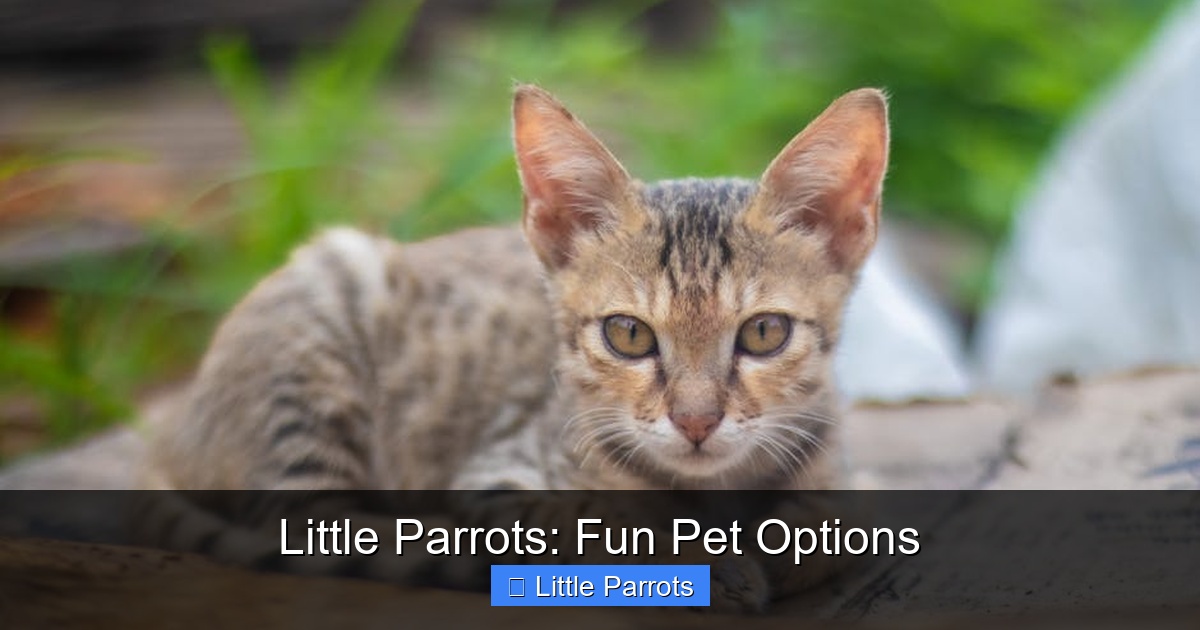
Featured image for this comprehensive guide about little parrots
This is a comprehensive guide about little parrots.
Frequently Asked Questions
What is little parrots?
little parrots is an important topic with many practical applications and benefits.
How can little parrots help me?
Understanding little parrots can improve your knowledge and provide practical solutions.
